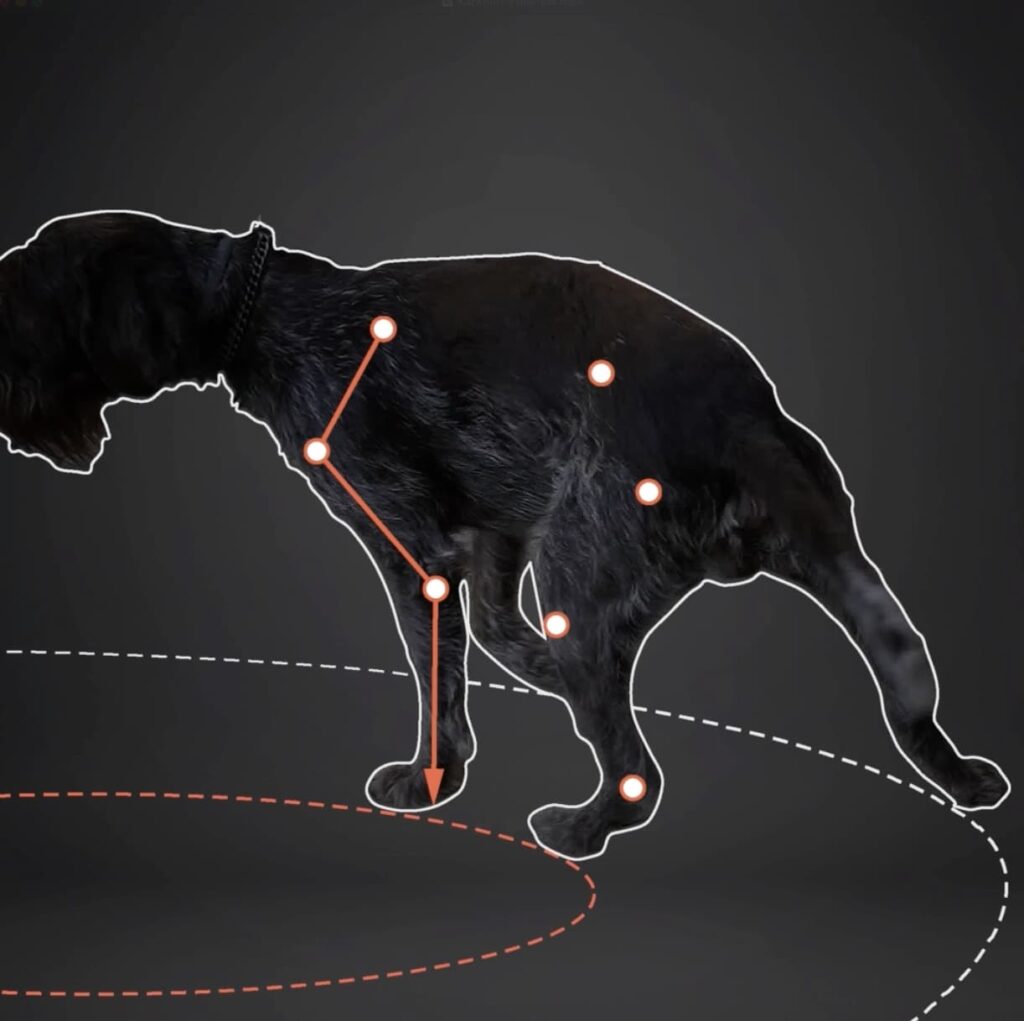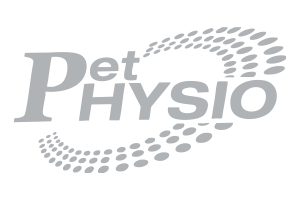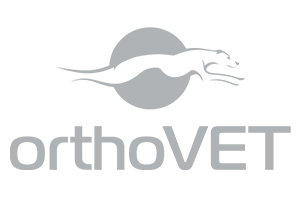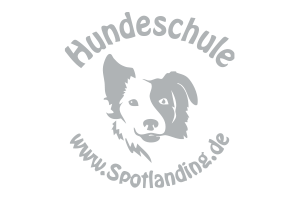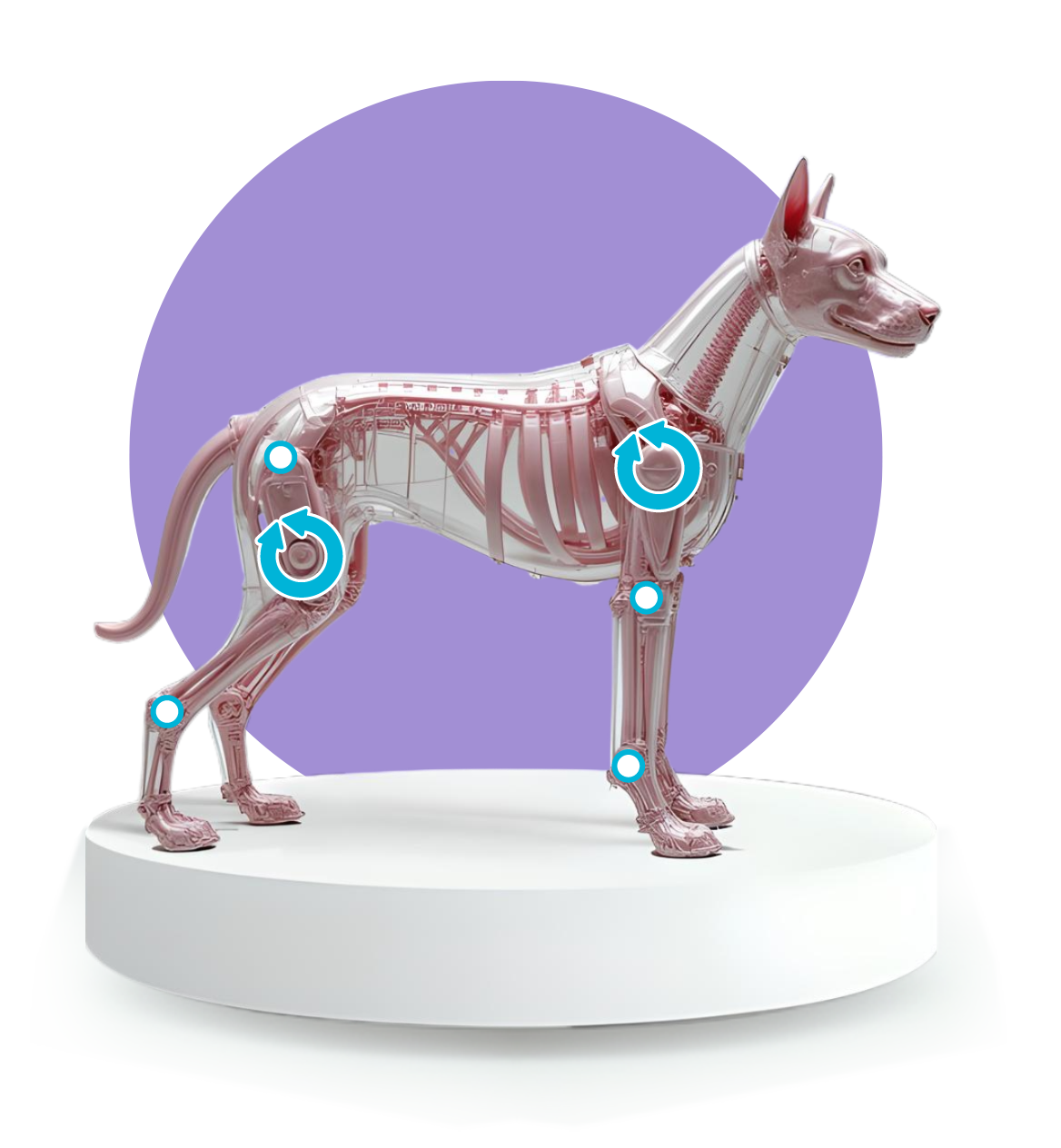
Scientifically-Based Gait Analysis
Research & Development
Why scientifically based gait analysis is essential for LupoGait®
Scientifically-based gait analysis plays a crucial role in orthopaedic and neurological diagnostics. Many conditions, such as hip dysplasia (HD), elbow dysplasia (ED), and degenerative joint diseases, develop gradually and often remain undetected in their early stages.
Since traditional visual assessments have limitations in detecting subtle abnormalities, LupoGait provides scientifically validated measurements that allow for a precise and objective evaluation of canine mobility. By quantifying movement patterns, our technology identifies lameness, weight-bearing imbalances, and gait asymmetries early, enabling timely interventions.
At LupoGait, our mission is to advance veterinary diagnostics through cutting-edge sensor technology, applied research, and international collaborations. This scientific approach enables veterinarians to make data-driven decisions, improving both treatment accuracy and patient outcomes.
Our Scientific Studies
LupoGait has undergone multiple scientific evaluations to validate the accuracy and reproducibility of its IMU-based gait analysis.
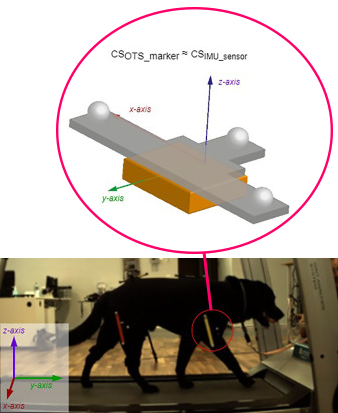
Study 1 – Veterinary and Animal Science, Vol. 21, September 23
Validation of IMU-Based Gait Analysis
Extraction of Gait Features in Dogs Using a Mobile Gait Analysis System Based on Inertial Measurement Units (IMUs)
Objective: Evaluate the accuracy and reproducibility of IMU-based measurements compared to traditional diagnostic methods.
Findings: The study demonstrated a strong correlation with clinical assessments, confirming that IMU-based analysis detects gait abnormalities more precisely than visual observations alone.
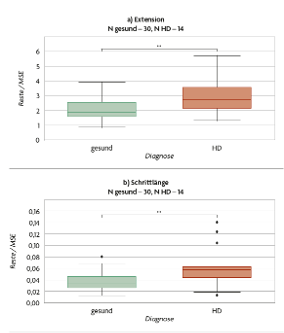
Study 2 – Veterinary and Animal Science, Vol. 25, September 24
Early Detection of Orthopaedic Abnormalities Using IMU Sensors
Serial Kinematic Analysis Using Inertial Measurement Units in Growing Dogs at Risk of Hip Dysplasia
Objective: Conduct a long-term study to identify movement patterns in dogs with suspected hip dysplasia (HD).
Findings: Researchers identified 13 key gait parameters that correlate with HD, enabling diagnosis before clinical symptoms appear.
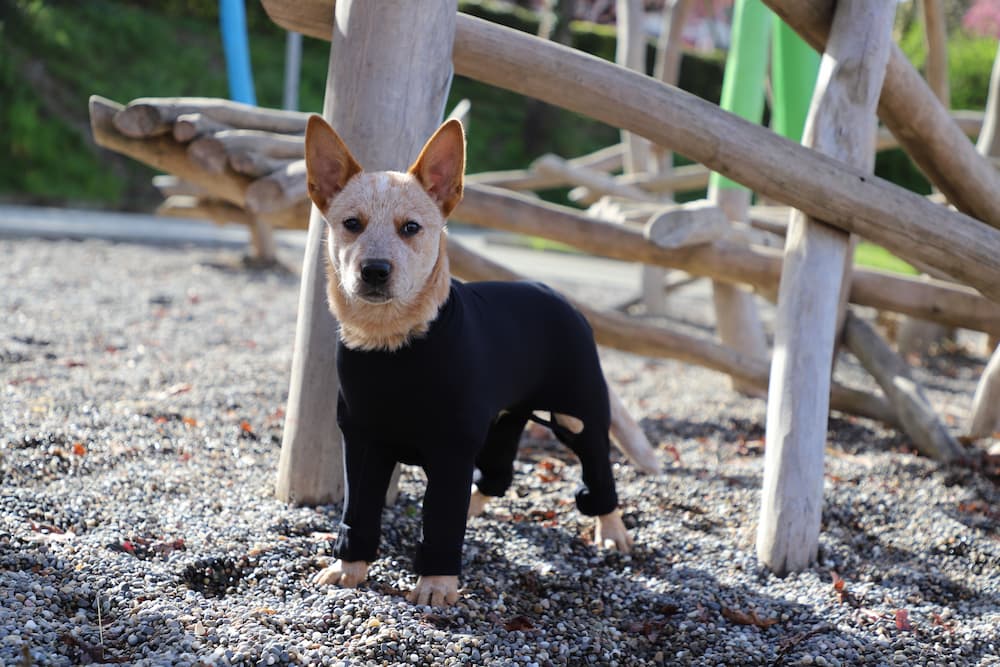
Study 3 – Ongoing Research
LupoMove Puppy – Puppy study for the early detection of orthopaedic diseases
Objective: Conduct long-term measurements to establish reference values for healthy movement development in puppies.
Outcome: Creation of a scientific foundation for preventive diagnostics and movement optimisation, helping to support early intervention and promote healthy mobility from a young age.
Scientific Collaborations
Clinical & Physiotherapy Partners | Development with Swiss Universities
LupoGait was developed in collaboration with a Swiss university and is continuously validated and improved through ongoing scientific research.
Our key research and development partners include:
- University of Applied Sciences Northwestern Switzerland (FHNW) – Development partner of LupoGait
- ETH Zurich (Animal Hospital, HD Commission) – Scientific evaluation of IMU-based gait analysis
- orthoVET – Research and development in orthopaedic diagnostics
- HSEF – Research collaboration focused on movement analysis and pain assessment in veterinary medicine
